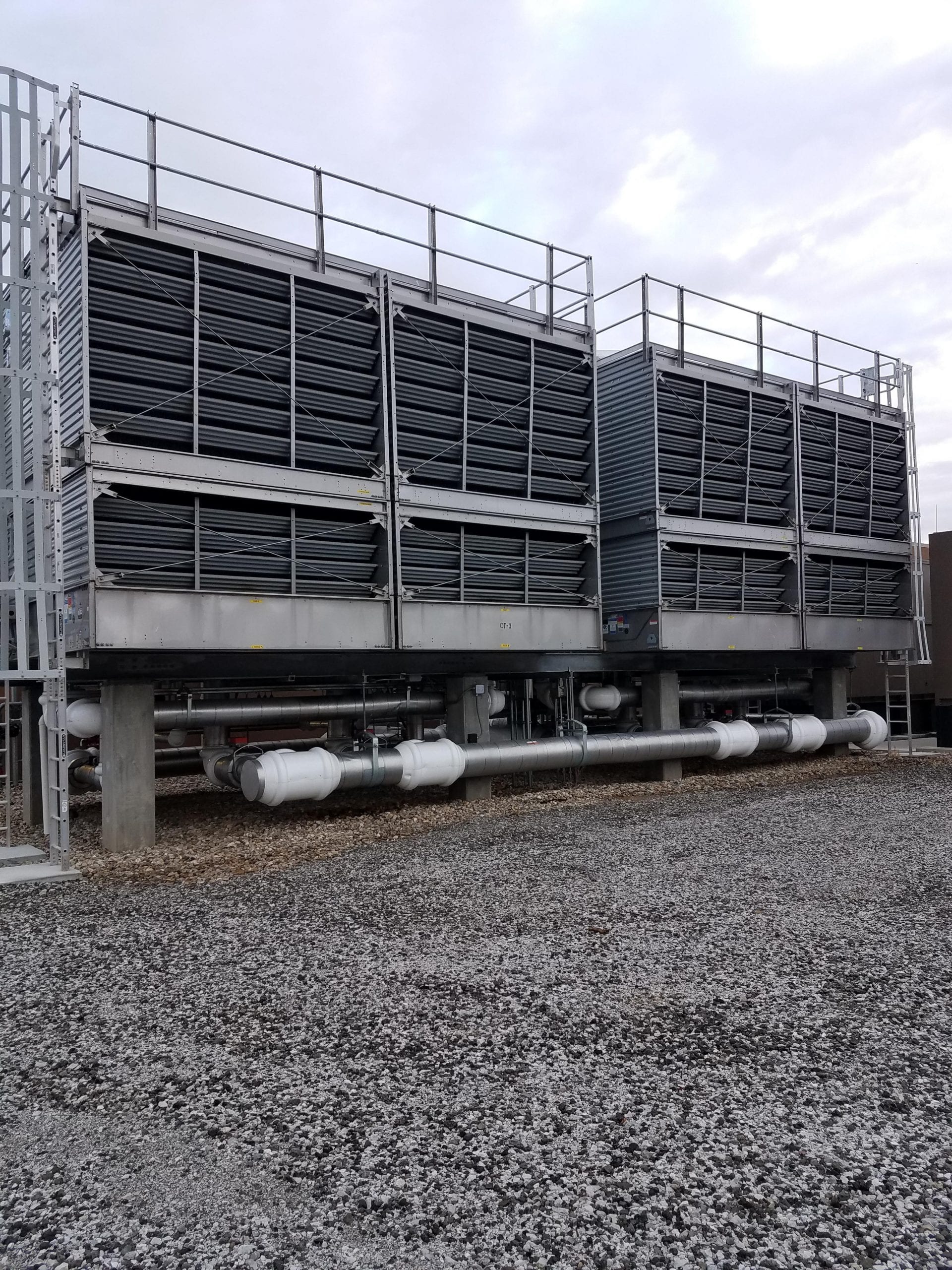What are Tagged Polymers in Water Treatment
The Need For Tagged Polymers In Water Treatment
by Ben Frieders
Cooling towers are essential components in various industrial processes, including air conditioning and power generation. They work by circulating water through the tower to dissipate heat from the process. The water used in cooling towers is recirculated, leading to the build-up of impurities over time, making it necessary to treat the water. The aim of water treatment in cooling towers is to control the growth of microorganisms, prevent corrosion, and maintain the overall water quality. One of the methods for water treatment is the use of fluorescence. Fluorescence is a property of some materials to emit light at a longer wavelength when excited by light of a shorter wavelength. This property is used to detect tagged polymers, which are used to control the formation of scale and fouling in cooling tower water systems.
What Are Tagged Polymers?
Tagged polymers are water-soluble polymers that are added to cooling tower water to control the formation of scale and fouling. The polymers act as dispersants, breaking down the mineral deposits and preventing them from forming on the surfaces of the cooling tower and its associated components. The polymers also prevent the growth of biofilms, which can lead to the development of corrosion and degradation of heat transfer surfaces.
The use of tagged polymers in water treatment is a cost-effective and efficient way of maintaining the water quality in cooling towers. However, the effectiveness of the treatment depends on the proper dosing of the polymers. If the polymers are underdosed, they will not be effective in controlling scale and fouling. On the other hand, if the polymers are overdosed, they can lead to increased chemical costs and increased sludge generation.
How Is Fluorescence Used for the Detection of Tagged Polymers?
Fluorescence is used to detect tagged polymers in cooling tower water because it provides a quick and easy way to determine the polymer concentration in the water. The polymers are tagged with a fluorescing agent, which emits light when excited by a light source of a shorter wavelength. The intensity of the emitted light is proportional to the concentration of the tagged polymers in the water.
The fluorescence measurement is performed using a fluorescence spectrophotometer, which consists of a light source, a filter, and a detector. The light source provides the excitation light, while the filter selects the wavelength of the emitted light to be measured by the detector. The detector measures the intensity of the emitted light and provides a quantitative measurement of the tagged polymer concentration in the water.
What Are The Advantages of Fluorescence for the Detection of Tagged Polymers
There are several advantages to using fluorescence for the detection of tagged polymers in cooling tower water.
- Rapid Results: Fluorescence measurements provide rapid results, making it possible to quickly determine the concentration of the tagged polymers in the water. This is important for ensuring that the polymers are properly dosed and that the water quality is being maintained.
- Non-Destructive: Fluorescence measurements are non-destructive, meaning that they do not alter the water sample in any way. This allows for repeated measurements to be taken to monitor the polymer concentration over time.
- Easy to Use: Fluorescence measurements are simple to perform and require minimal sample preparation. This makes it possible to perform the measurements in the field, reducing the need for laboratory analysis.
- Cost-Effective: Fluorescence measurements are cost-effective, especially when compared to other methods of polymer concentration analysis. The cost of the equipment and reagents is relatively low, making fluorescence an attractive option for water treatment monitoring.
Where to Turn for Professional Cooling Tower Treatment and Advice
In conclusion, the use of fluorescence in the detection of tagged polymers in cooling tower water is a valuable tool for ensuring the proper functioning of these systems. The rapid, non-destructive, easy-to-use, and cost-effective nature of fluorescence measurements make it a useful method for monitoring the concentration of tagged polymers in water treatment systems. The ability to accurately measure the polymer concentration ensures that the water quality is maintained, preventing the formation of scale and fouling, and controlling the growth of microorganisms and corrosion. In summary, the use of fluorescence in water treatment provides a quick, reliable, and cost-effective method for maintaining the health of cooling tower systems.
Talk to our experts at ChemREADY to ask us about risk assessments for your facility and available products suited and scaled for your water systems. We can help reduce the risk of corrosion to avoid the consequences of damaged cooling towers. Call ChemREADY today.
About The Author
Ben Frieders is the Business Development and Marketing Manager at ChemREADY, an industrial water treatment company, where he focuses on driving growth through strategic marketing, business development, and acquisitions. A former U.S. Navy Chief Petty Officer with a background in nuclear operations, Ben brings a unique blend of technical expertise and leadership to the water treatment industry. Certified in ASSE 12080 Legionella Water Safety and Management, he is a recognized expert in water quality standards, regulatory compliance, and Legionella risk management. Passionate about scaling businesses and optimizing systems, Ben combines data-driven strategies with a hands-on approach to help organizations achieve sustainable growth.

